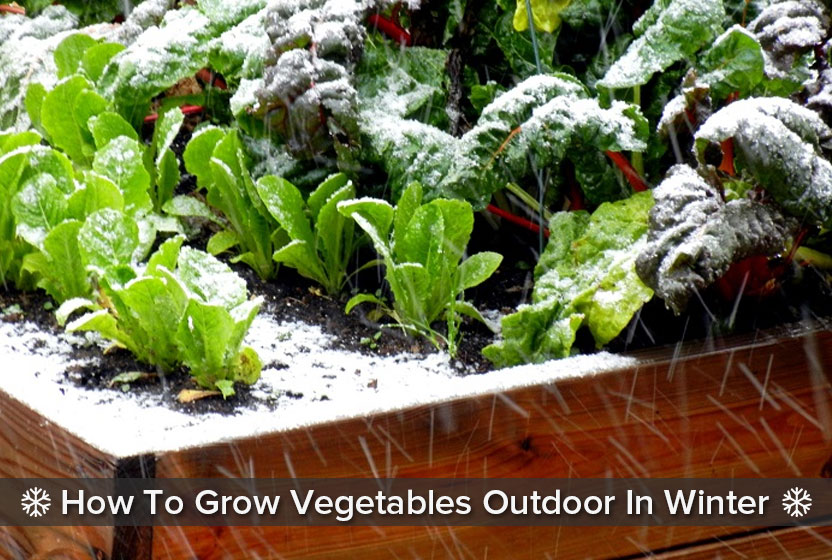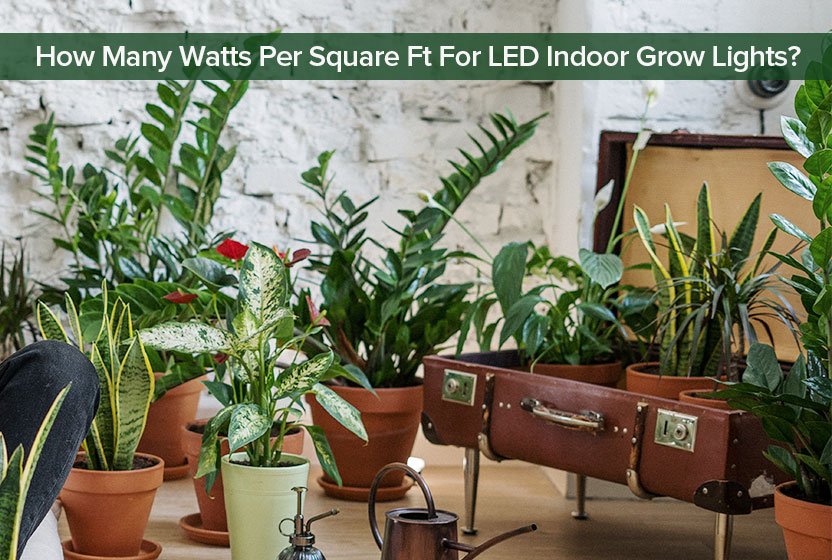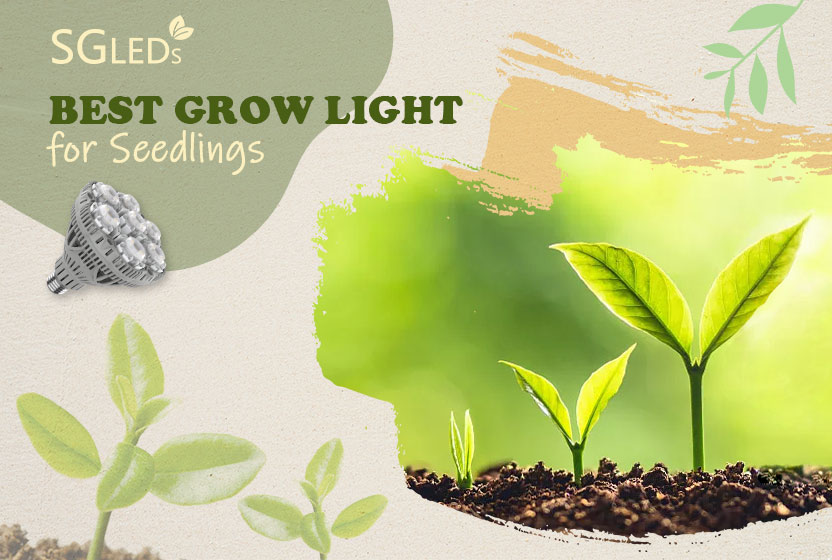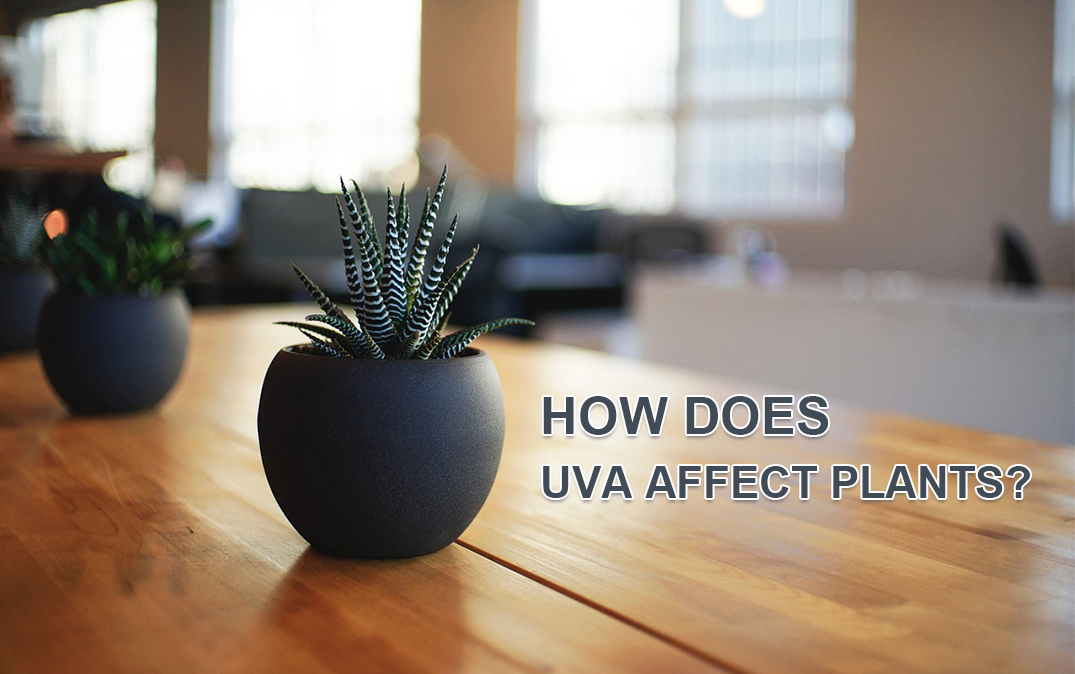How To Grow Vegetables Outdoor In Winter

For growing vegetables outdoors throughout the harsh winter months depending on the crop, there are some extending techniques and hacks to promote their growth. With the increase in sharing outdoor gardening ideas for vegetables, its becoming possible to be come a year-round vegetable gardener. Here are three ways to help extend or establish a winter crop in your yard.
Maintain
Once summer has ended and the weather has shifted towards colder drier weather, your yard will most likely still contain some crops. If you grew root vegetables like carrots, parsnips, etc. or stem crops like leeks or Brussel sprouts. Protect them with some form of cover from the frost. There are a few ways to do this some easier than others. The simplest way is to put mulch over the plants. Mulch Is one of the most cost-effective ways in extending your winter crops just by spreading it over the vegetables can extend their yield by weeks or even months. The other two ways involved more installation costs in time and effort. Cover the plants with a mini garden tunnel. Or cover the pants in a strawbale cold frame. All three of these methods will extend the life of your winter yard crops however each has their own benefits and drawbacks.
Gardening Tunnels
Gardening tunnels come in a range of sizes and complexity. For a gardening hobbyist just in the mini polytunnels may be the best way to go. Mini garden tunnels are effective in protecting your crops against frost, cold and wind.
Low Tunnel Materials
Support hoops, cover and pins. These are what you need to create an effective mini tunnel for your yard. For the hoops the most durable option is maybe gauge wire. 9-10 gauge wire may be the easiest to get and shape. However, some gardeners also like to use polypipe as its cheaper and more lightweight. The pins can be rebar stakes to hold the metal hoops in place. The cover can be a plastic or fabric sheet. That needs to be strong enough to withstand snow, rain, wing or hail. Agribon fabric is one of the most popular types of garden tunnel fabrics as its lightweight and durable and can be cut into various sizes.
Fence Wiring: The second wiring option for a mini tunnel would be fence wiring. Its another common structure for outdoor garden covers and is more sturdy for places with heavy snow. Garden fencing structures are far less prone to collapsing in comparison to wired hoop structures. Wired hood structures using 9-10 gauge wires have been known to collapse under heavy amounts of snow. So, if you do live in an area that receives heavy winter snow garden wire fencing may be a better option than metal hooping for the tunnel.
Strawbale Frames
They're simple naturally resourced builds using bales of straw. They require some installation and building work but once they’re set up they’re sturdy and renewable. Once you have enough straw bales the design and set up is very simple. Set the bales into a square or rectangle and set soil in the middle. Cover the vegetables with an old door or window as a top cover and your vegetables growth will be extended for a long time. The best vegetables to thrive in these are kale, leeks, collars, etc.
Mulch
The cheapest and most basic way to try extend your vegetables grow in the yard through winter. You just simply purchase the bag of mulch and cover the plants in it. You need to cover the ground before it freezes in late autumn with mulch and this can extend the growth of your plants for another 6-8 weeks. The best plants for this are carrots, beets and parsnips as they are cold-season rooted plants. However, the mulch can really help them through cold winter.
These are three main ways in extending your vegetables yield through winter and are tried and tested. However, if you have more tropical plants, fruits or vegetables that are likely going to struggle in a harsh winter an indoor grow light may be the best option.
Using Indoor Grow Lights
Indoor supplementary lights come at a slightly higher initial cost, but are maybe the most effective way in prolonging the growth and sometimes even increasing the yield of your plants. If you live in an area that gets 4 seasons and very harsh winters indoor full spectrum grow lights may be the way to go. Full spectrum indoor grow lights are the most natural form of artificial light to help your plants grow indoors.
The Best Indoor Full Spectrum Grow Lights
Depending on your plants, the size of the crop and how much space you have inside will determine the size of your grow lights. SGLEDs has a full range of indoor full spectrum grow lights that can cover small, medium and large scale grows.
SGLEDs Indoor Grow Light Range
| Grow Light | Power W | Full Spectrum | Size Inch | Lifetime Hrs | Hanging Height Inch |
| P25 | 15W | ✓ | 4.33"ⅹ4.33"ⅹ4.72" | 25K | 19.69"-59.06" |
| P20 | 10W | ✓ | 3.07"ⅹ3.07"ⅹ3.86" | 25K | 19.69"-59.06" |
| |
24W | ✓ | 5.16"ⅹ5.16"ⅹ6.65" | 25K | 19.69"-59.06" |
Why SGLEDs?
SGLEDs indoor grow lights produce 4500K & 5000K daylight beams to replicate natural sunlight. They can create natural environments indoors for your tropical plants and allow them to thrive year-round. Due to the fact their beam replicates daylight they can be used on a range of plants throughout their whole growth cycle. An LED beam containing blue, red, far-red, yellow, UV and green light allows the plants to use each color of the visible light spectrum including UV to thrive. The full combination of each color spectrum will allow your indoor plants to grow healthier faster and stronger!
If you would like to try some indoor supplementary grow lights then follow the link here below to SGLEDS grow light range: https://bit.ly/3liBbxW









